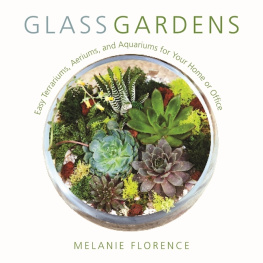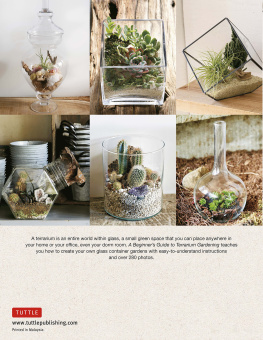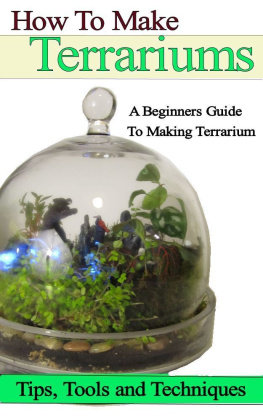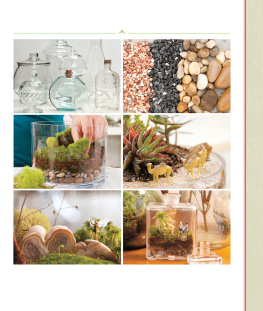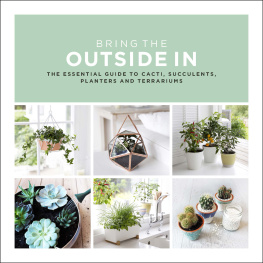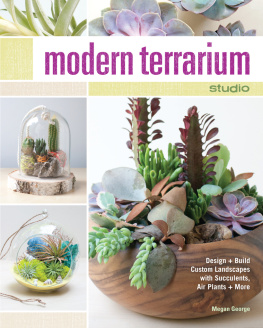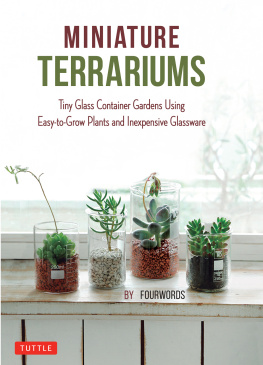Copyright 2017 by Melanie Florence
Photographs copyright 2017 by Melanie Florence, except where noted.
Photographs on
All rights reserved. No part of this book may be reproduced in any manner without the express written consent of the publisher, except in the case of brief excerpts in critical reviews or articles. All inquiries should be addressed to Skyhorse Publishing, 307 West 36th Street, 11th Floor, New York, NY 10018.
Skyhorse Publishing books may be purchased in bulk at special discounts for sales promotion, corporate gifts, fund-raising, or educational purposes. Special editions can also be created to specifications. For details, contact the Special Sales Department, Skyhorse Publishing, 307 West 36th Street, 11th Floor, New York, NY 10018 or .
Skyhorse and Skyhorse Publishing are registered trademarks of Skyhorse Publishing, Inc., a Delaware corporation.
Visit our website at www.skyhorsepublishing.com.
10 9 8 7 6 5 4 3 2 1
Library of Congress Cataloging-in-Publication Data is available on file.
Cover design by Jane Sheppard
Cover photo credit: iStock
Print ISBN: 978-1-5107-1953-8
Ebook ISBN: 978-1-5107-1954-5
Printed in China
For Josh and Taylor, who are far more creative and artistic than I could ever hope to be.
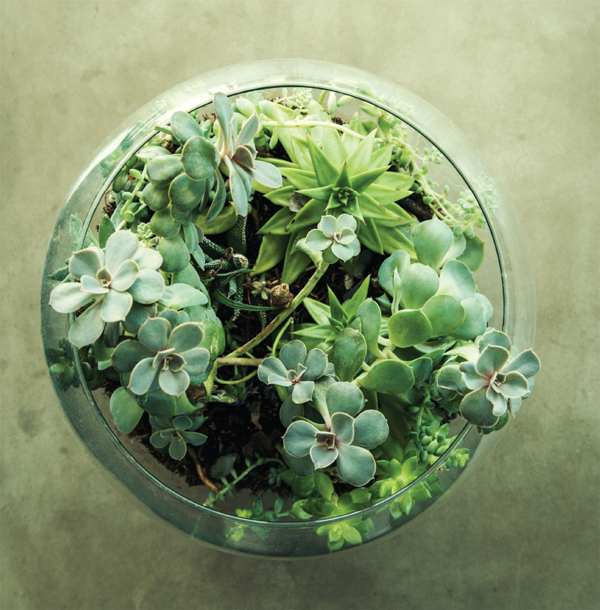
Contents

Introduction

Welcome to the amazing world of terrariums!
I imagined myself as kind of a ringmaster when I typed that. Top hat on, arms held wide, maybe a classy and dramatic accent of some kind.
Truthfully, Im sitting cross-legged in my car, waiting for my kids to get out of school and trying to think of something to say that wont make me sound like a Martha Stewart clone. Im no domestic goddess, I assure you.
What am I? A mom with a busy writing career who loves to make things. I dont always succeed, but I love to try.
The first time I made a terrarium, I was a Girl Scout. It was one of the activities our Scout leader planned and I fell in love with how beautiful the plants lookeda little garden tucked away behind glass that I could hold in my hands while winter was gearing up around me. We were given some pretty basic supplies and left to our own devices. Mine came out looking a little less than perfect, but that was okay. It was perfect to me. I had made my own terrarium!
Fast forward more years than I care to admit, and Im browsing for books at the library. I found some stunning books on planters and terrariums but none of them were as basic and simple as I was looking for. In fact, some of them were so incredibly advanced that there was no way I could hope to recreate their designs. Believe me. I tried.
So when I got the chance to write a book about terrariums, I decided to keep it simple. Instead of talking to you like youre an expert and have a vast understanding of plants, youll find that I chose a very honest approachI couldnt even identify some of the plants I used in these projects and struggled my way through many of them, and Im letting you know it. Rather than bog down the pages with detailed instructions, I give you less information and encourage you to look at the pictures and then make it unique instead of copying them exactly. Instead of trying to sound like Im a professor of botany, teaching you how to make your own glass gardens, I invite you to make a cup of coffee or tea or maybe pour yourself a glass of wine and get comfortable. For the next hour or so, consider me a friend who is learning as I go.
Just like you.
Terrariums first grew in popularity in the Victorian era and have recently experienced an uptick in popularity once again. Maybe because its an easy hobby at any age and it doesnt cost a fortune. Historically, terrariums were plants housed in closed glass containers. People planted them because they didnt have the property for real gardens, and unlike real gardens, they required very little work to set up and maintain. Since they were in closed containers, you didnt have to water them because theyd create their own humidity to keep the delicate plants alive. Terrariums were perfect for climates that made gardening difficult and where people wanted to enjoy plants year round.
Today, terrariums have morphed into elaborately designed planters that include figurines and all manner of themes and dcor. Some are closed, many are open. What people now often refer to as terrariums are really more like glass gardens.
Over the next few pages, Im going to walk you through the types of plants you may consider using for your glass gardens, as well as the other materials you may want to gather before you start.

Plants to Consider

TROPICAL HOUSE PLANTS
Tropical house plants are excellent for terrariums! I love terrariums because you can bring the garden inside and keep it year-round, but adding a bit of color with tropical house plants makes them so much more appealing. Some plants are definitely better to use than others. Below, Ill list some of the best tropical plants for your glass gardens.
Youll want easy-to-care-for plants if you dont have the time or inclination to spend a lot of time working with them. If you spend a great deal of time away from home, you should consider a closed terrarium that will keep the humidity higher than an open container and require much less of your attention. Check to see how much light your plants needs, as well. Some plants need more light than others so make sure whichever plants you choose to put together will thrive in the same atmosphere.
Ferns Ive used several kinds of ferns, and theyve all been easy to care for and have added a touch of delicacy to my containers. I particularly love my birds nest ferns. They help clean the air, and they look amazing.
Moss I have to be honest Ive killed moss more times than I care to admit. But club moss is pretty easy to grow and hardier than some of the more delicate versions.
Polka dot plants I use them a lot. I love the pink color, and theyre so incredibly easy to keep alive!
Spider plants No, they dont have spiders in them. Theyre trailing plants that you can use in any container.
Bromeliads Colorful tropical plants. Some look like aloes and some like grasses.
SUCCULENTS
Succulents arent as easy to care for as air plants, but theyre still easier than most house plants. They love sunlight and dont require as much water as your average house plant. They come in all shapes and sizes, so the sky really is the limit for them.
The most frustrating thing about going to a nursery and stocking up on succulents is that in every single place I went, they were simply identified as succulent. I buy things I think are interesting or will look good planted together but I never really know what theyre called (and Im sure many of you can relate!). I even asked someone what one particular plant was called (a curling vine-y plant) and was told, Its a succulent. Thanks. I figured.

